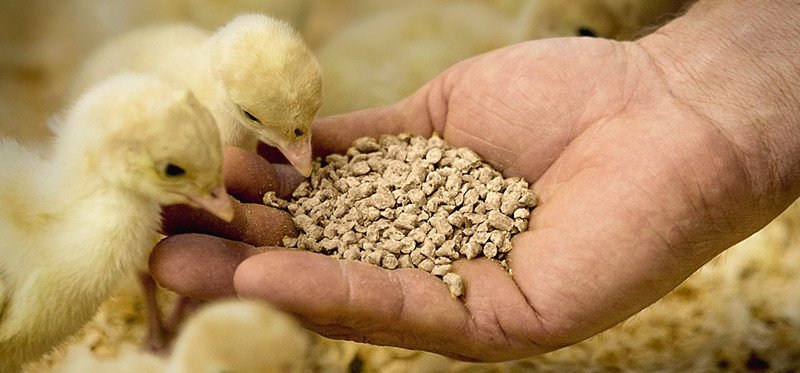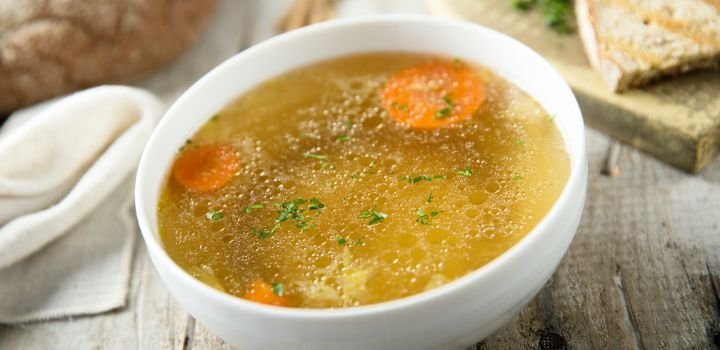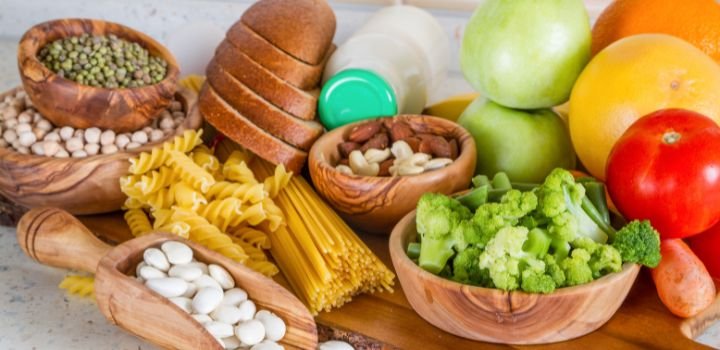Yeasts and their products use as feed additives can be found as far back as the 1920s. It’s documented as its benefit to the ruminants. However, since yeast technologies have been used for a century, there is still some market confusion surrounding yeast-derived products as feed ingredients.
If you want to know more about yeast and productos derivados de levadura. You can learn from these FAQs from this industry:
1. Is the yeast active or inactive?
Yeast is divided into active or inactive. You need to distinguish this clearly then you can understand the different functions of these yeast products.
Live yeasts
Live yeasts are the most common in animal nutrition, are known for their probiotic effects, and are widely used in ruminants and monogastric species.
Inactive yeast
There are two categories of inactive yeast: whole-cell inactivated yeasts y yeast fractions. However, there are essential differences in the mode of action and benefits even within the same category, depending on the production process and the resulting product composition.
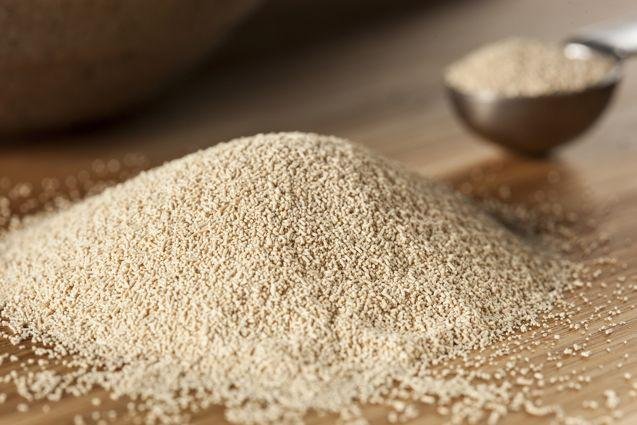
Levaduras inactivadas de células enteras.
It’s often called “dry yeast” as it’s dried at high temperature to kill the yeast and sold to both the food, health food, and animal feed trades as a specialty protein, vitamin, and mineral supplement.
Yeast fractions
Yeast Fractions is a proprietary combination derived from yeast. It’s part of the yeast. For example, yeast cell wall and MOS, autolyzed yeast(hydrolyzed yeasts) is a yeast fraction product. Yeast autolysates consist of ruptured or lysed cells and contain both the intracellular and cell-wall fractions.
2.What are the most used types of yeast-fraction products in animal nutrition today?
Autolysates
These yeast products consist of whole yeast cells which have been broken open (lysed) through letting the yeast cell destroy itself using its own autolytic enzymes (autolysates), by using acids or enzymes to hydrolyze the cell (hydrolysates), they contain both the cell contents and the cell-wall of the cell.
Autolysates are a popular alternative protein source and are also used for their palatability properties. They offer both nutritional and functional advantages to support the growth and health of young animals.
pared celular de levadura
El pared celular de levadura has a carbohydrate shell around it called the yeast cell wall. It is often called a “glucan shield” and consists mainly of beta-glucans and mannans.
Yeast cell walls are the insoluble fraction of the yeast cell obtained after separating from the cytoplasmic content. They are recognized for their binding and immune-modulating properties and are used in all animal species.

MOS
MOS is a yeast fraction obtained from the yeast cell wall, naturally rich in manno-oligosaccharides (MOS). It also contains amino acids and peptides. It has a high content of MOS as well as mannoproteins. MOS is a multifunctional yeast fraction for health support, and it decreases the load of pathogenic bacteria.
Yeast beta glucan
Yeast beta glucan is a cell wall fraction of Saccharomyces cerevisiae, high in β-1,3/1,6-glucans.
Its functions are modulating non-specific immune responses and general health, activating macrophages to overcome bacterial infections, and increasing the antibody titers after vaccination. The β-1,3/1,6-glucans also can bind some mycotoxins, such as zearalenone and ochratoxin. Perfect for use in periods of high stress in dairy cows.
Levadura de selenio
Yeast is a good source of dietary selenium. The selenium in yeast is generally in the form of selenomethionine, an organic form of selenium, with selenium replacing the sulfur in the methionine molecule.
Yeast-derived selenium played an early role in animal nutrition, especially in pet food manufacturing. In addition, yeast contains appreciable amounts of B-vitamins, and selenium is often included in many animal feed formulations. Thus, it can be a natural source of selenium supplement.
3.Which yeast product is better? The live yeast or the inactive yeast?
For the live yeast or whole-cell inactive yeast, yeast cells are not lysed and therefore have lower digestibility and functionality than processed yeast. As for the yeast autolysates, yeast cells are partially lysed by endogenous enzymes, enhancing the digestibility compared to an inactivated dried yeast.

However, the autolysis process is easy to orient and control than the hydrolysis process, for it can involve specifically selected exogenous enzymes. They are added to the production process to optimize and orient the lysis leading to highly digestible nutrients and consistent product composition.
4.Are yeast products more beneficial to some animal species than others?
There is a large amount of yeast-based feed ingredients, and their different fields of the application make it possible for all animal species to benefit from their usage.
Saccharomyces cerevisiae is the main yeast strain used in nutrición animal, and within this species, there are thousands of different strains. Each yeast strain with specific properties and exerts various activities when fed to animals.
5. What constitutes a safe and effective yeast-based feed ingredient?
Most yeast-based products are generally considered safe or qualified presumption of safety.
For us, their safety and efficacy are the fruit of carefully selected yeast characteristics and an optimized and well-monitored production process to ensure product quality and consistency. Hola levadura has identified how changes in the production process (pH, temperature, fermentation media, drying conditions, etc.) and yeast strains used in the fermentation can affect the end-product characteristics and thus its efficacy in the animal.
For example, let’s consider the use of yeasts as an alternative protein source. The yeast’s two main features are of importance here, namely the protein digestibility and the nutrient profile. These depend on the level of yeast lysis (breaking down of the yeast cell) as the nutrients are derived from the cytoplasm and should be released from the yeast cell.
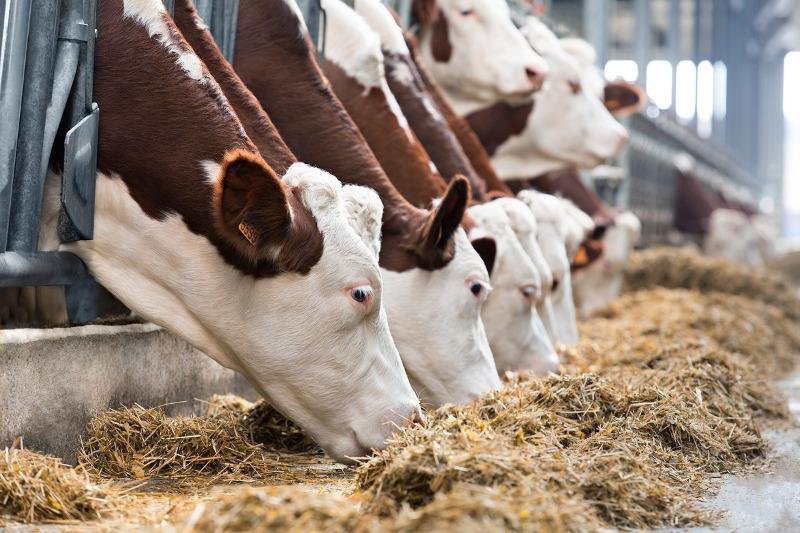
Conclusión
Many studies have now shown that the yeast fractions can help improve the performance and health of both animals used for breeding and pets. These products also act as a great tool in reducing the use of antibiotics.
To make them available to customers, any questions, please get a free consult from Hiyeast, a yeast extract manufacturer of specialties derived from the processing of yeast.

